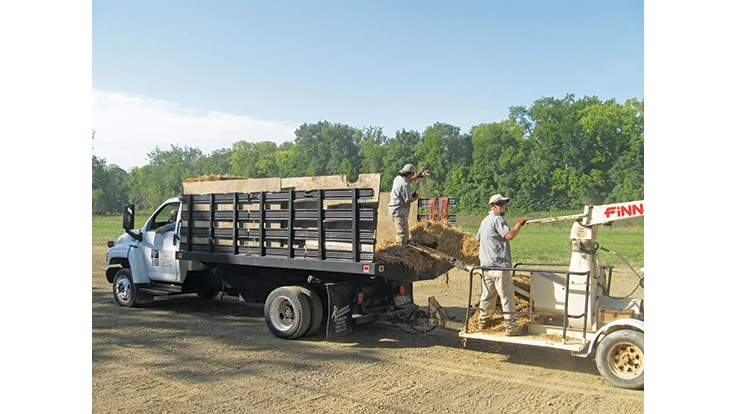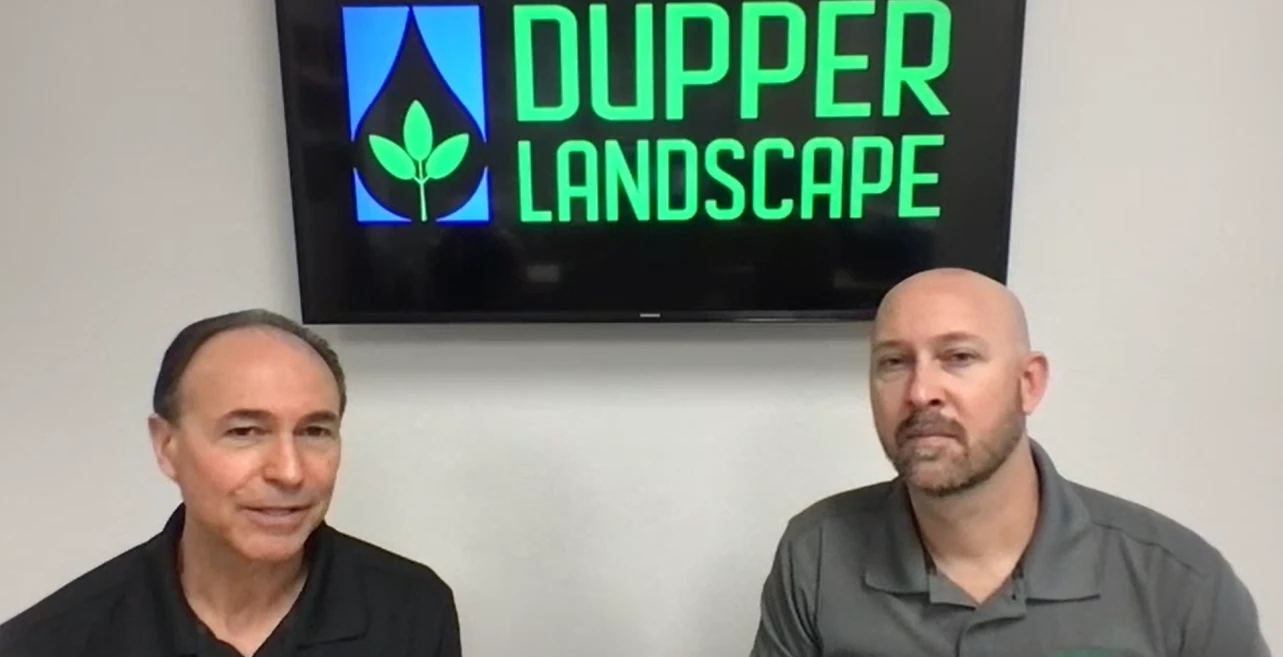
Efficiency means everything to Josh Demers, owner of Pacific Lawn Maintenance in Spokane, Washington. Demers says inefficiency can make or break Spokane-based Pacific Lawn Maintenance.
Demers founded the business in 2006 as a simple lawn maintenance company to help mow neighbors’ lawns. The business grew with time, as Demers added new employees and vehicles to his fleet. About four years ago, though, he realized operations had become inefficient, particularly in the area of fleet management.
“We had two or three trucks driving all over town, and I would be looking at Google Maps, trying to make the most efficient route,” he says. “Not only was that time consuming, but it was not efficient.”
To improve Pacific Lawn Maintenance’s fleet management, Demers added GPS tracking systems in the company’s trucks in 2013 and additional software systems in the trucks in 2015.
“It’s been really beneficial to us to have detailed logs of how long guys are at jobsites. It’s good to see where each crew is and connect dots to move trucks around to accomplish the common goal of getting a route finished,” he says. “The biggest success has been having things flow much more efficiently and smoother to decrease non-billable or drive time.”
According to a recent Lawn & Landscape survey of more than 200 contractors, about 40 percent responded that their company uses GPS or routing technology. While the majority of respondents have yet to implement this technology, those who do use it report it increases accountability, provides proof of service and improves efficiency.
St. Louis-based Metropolitan Forestry Services installed GPS routing technology in its 25-vehicle fleet between 2012 and 2014. Meggan Hargrave, operations manager at Metropolitan Forestry Services, says efficiency is the biggest perk with the technology. Even some of her customers have noticed the fleet’s improved response times since implementing GPS technology.
“Customers who know about it think it’s a nice thing that we can look up where people are and get someone to them quicker,” she says. “They may not know that was GPS at work, but we can tell it increases customer satisfaction.”
Learning curve. With new technology comes a learning curve. It took Pacific Lawn Maintenance about three to four months to fully understand both its GPS routing system and additional software system after installation. To minimize challenges, Demers implemented the technology during a slower period. “My biggest recommendation is to take time in the off season to really learn everything a system has to offer,” he says.
Adding GPS systems also requires teaching drivers and other laborers about the new system, and that may lead to some questions. When Scott Denker, owner of Ohio-based Grounds Guys of Toledo, installed GPS routing technology in his trucks a few months ago, his drivers seemed apprehensive.
“They were standoffish,” he says. “But eventually they realized, while it is a tool to know where your vehicles are, it helps with scheduling and also lowers insurance costs. Drivers have actually been driving better and idling has improved among them.”
Demers received mixed reactions when he first told his drivers about the technology. “Younger employees really grabbed onto it quite quickly, while some of our older crew leaders aren’t as tech savvy.” He gave his employees a crash course on the technology as soon as he introduced the system. While he received questions from older crew leaders on how to log into the new system, these workers managed to pick up on the system in a matter of days.
Pacific Lawn Maintenance has also experienced a few hiccups with its GPS system the past few years, such as glitches with the tablets. Although these scenarios can prove to be challenging in the moment, he says his team always manages to improvise. “If (the GPS or tablet) is down, often we can troubleshoot from the office.”
Realized relief. For some companies, like Rocky Fork Company in Columbus, Ohio, integrating GPS technology into their fleet has alleviated unnecessary stress. The central Ohio company features a 40-truck fleet, with about 30 of its vehicles on the road every day.
“(GPS routing) has reduced our downtime, lost hours we strive to minimize,” says Amy Tincher, vice president of operations at Rocky Fork. The technology also aids with liability issues, and it particularly helps with slip-and-fall cases.
“Two years ago, we had an incident in a really large shopping center,” Tincher says. “Someone said they were there early in the morning, and (they) slipped and fell. Yet we hadn’t even been to the site yet because the client hadn’t granted us permission. So, between an email from our client and GPS verification of when we were on site and where vehicles had been prior, it released us from any liability. That liability fell back on the property owner and not us.”
In this situation, the GPS routing technology came through for Tincher and her team by providing tracking history, thus saving the company from a liability claim. “Liability-wise with snow removal, (the technology) is a lifesaver,” she says.
Metropolitan Forestry Services experienced similar benefits to this type of technology after installing it in its trucks. “When (a client) is not sure that their technician was there, I’ll say, ‘His truck was there at 9 a.m. He rang the bell,’” Hargrave says. So, instead of making multiple phone calls, the GPS and routing technology provides Hargrave with instant answers to most fleet-related questions.
Some considerations. GPS and routing technologies offer benefits for fleet management, but the technology may not be necessary for smaller fleets. Denker recommends only companies with at least five vehicles consider adding the technology. “You don’t want to spend a lot of money on something and be locked into it and then not use it,” he says.
However, Hargrave says some smaller companies may benefit from adding GPS in their vehicles, especially after a profitable year. “If you have extra income that would allow you to purchase (a system), then it could definitely be a good thing. If you’re a manager or owner who needs to manage five trucks, it could be a helpful addition.” L&L





